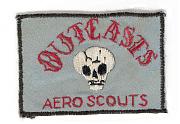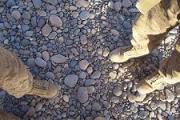Infantry, Mar-Apr 08: Suggestions for Creating a Company-Level Intel Cell
AKO Log-In Required
You’re a company commander, deployed in Iraq. You have plenty to do already, and now the boss is pushing you to start a company intel cell, a “fusion cell,” because his boss is pushing him to do so. And though you’d like to “organize for intelligence,” in David Kilcullen’s words, you don’t have a lot of options. Daily patrols, debriefs, and planning consume the time of your platoon leaders and your platoon sergeants. Your fire support officer (FSO) runs around like a maniac between meetings with sheiks and five projects designed to boost the local economy. You look at your training room … and shudder. Where do you begin?......




 . The memoires, diaries, travelogues, etc. are really interesting. I've always been partial to both the popular ones and the organized ones like the
. The memoires, diaries, travelogues, etc. are really interesting. I've always been partial to both the popular ones and the organized ones like the  .
.











Bookmarks